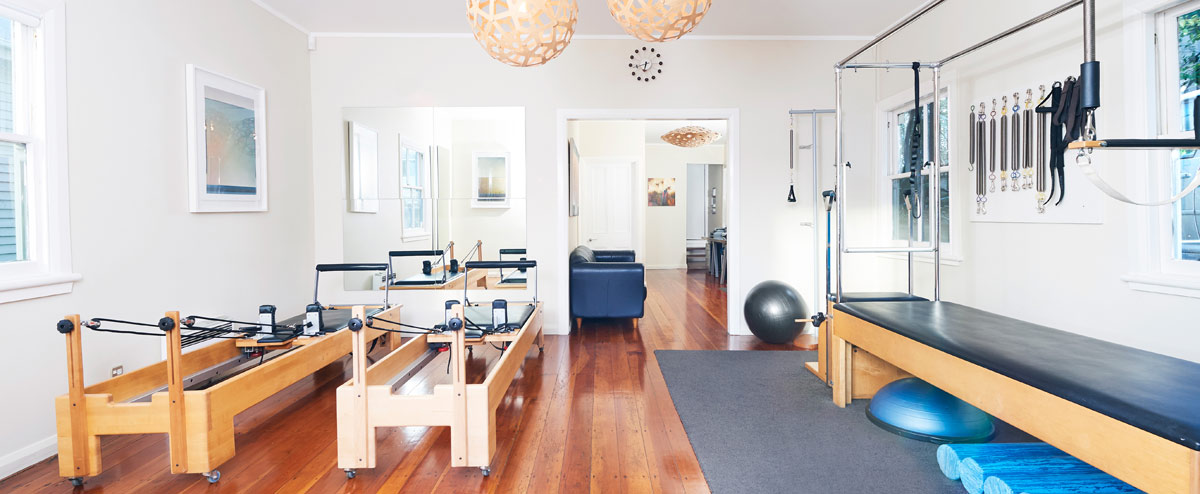Research regularly cites 80% of the population will experience or suffer from spinal pain. So chances are you will at some point require assessment, treatment, and advice for spine pain.
Some spinal pain can be short-lived, lasting less than one week. This pain may be described as non-specific and commonly disappears without any assessment or treatment.
Persistent spinal pain or pain that is so severe requires strong analgesia does require prompt assessment, treatment, and advice. With the correct advice, spine pain and dysfunction can improve steadily. The majority of clients (95% plus) will improve with good quality care, assessment and advice. This treatment must also include specific spinal rehabilitation.
The correct treatment will ensure your spine is more robust, and the education to look for signs to predict a back exacerbation. Listen to your body, treat early and self-manage.




